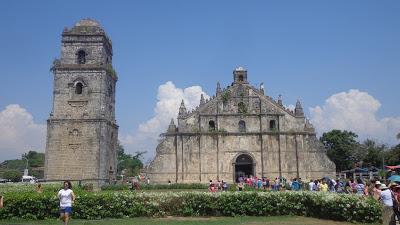
Paoay Kumakaway!
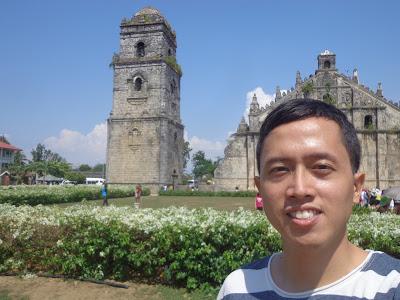
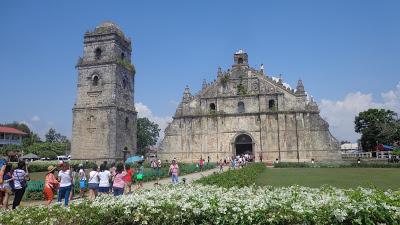
Iglesia de San Agustin de Paoay or simply Paoay Church was completed in 1710 and is a UNESCO World Heritage Site. This is one of many baroque churches scattered all over the Philippines.
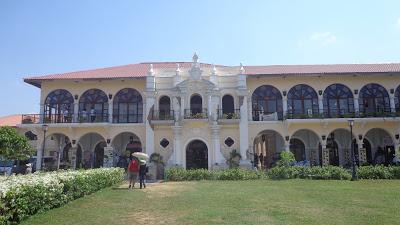
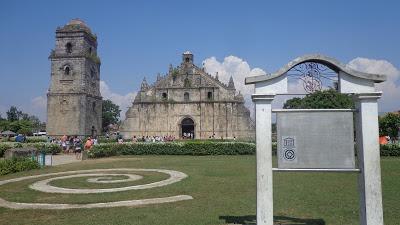
The church is famous for its unique architecture characterized by large buttresses on its back and sides. The church actually reminded me of the Hindu temples in Indonesia rather than a Catholic church. It is said that the structure interpreted European baroque design to adapt to the seismic condition of the area. The 24 humongous buttresses are approximately 1.67m thick. These were possibly built to protect against damage caused by earthquakes.
The facade of the church makes it look like it is rising from the ground, converging at the center. One can see Gothic influence through the use of finials, and Chinese design through the triangular pediment
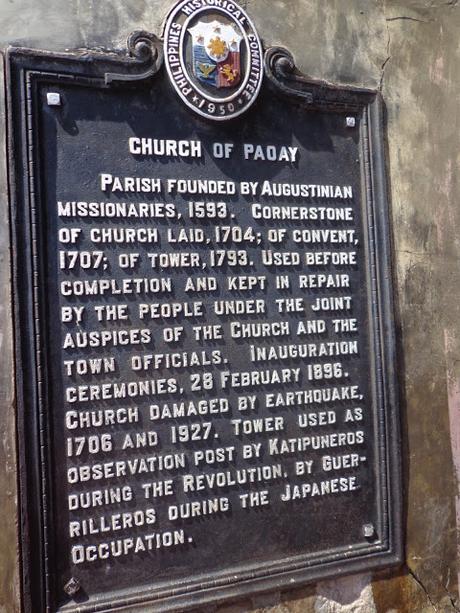
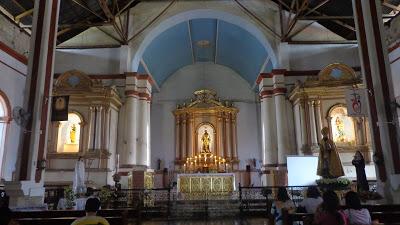
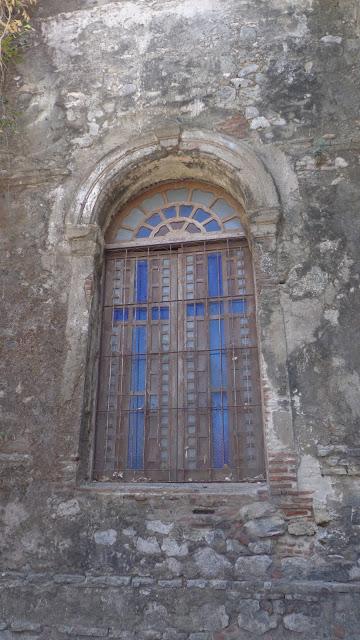
The church used coral stones and bricks for the construction of its walls. The bell fry of the church was used as an observational post during the Filipino revolution against Spain and by guerrillas during World War II.
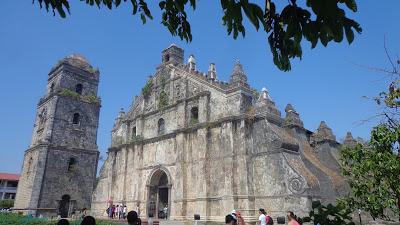
The Philippine government decreed the church as a National Cultural Treasure in 1973. UNESCO included the church on its heritage list in 1993 along with other baroque churches in Manila, Iloilo and Ilocos Sur.
A trip to the Paoay Church shows the tied history we have with Spain. Their influence is prevalent through the faith they left behind and the architecture of the houses and buildings.

